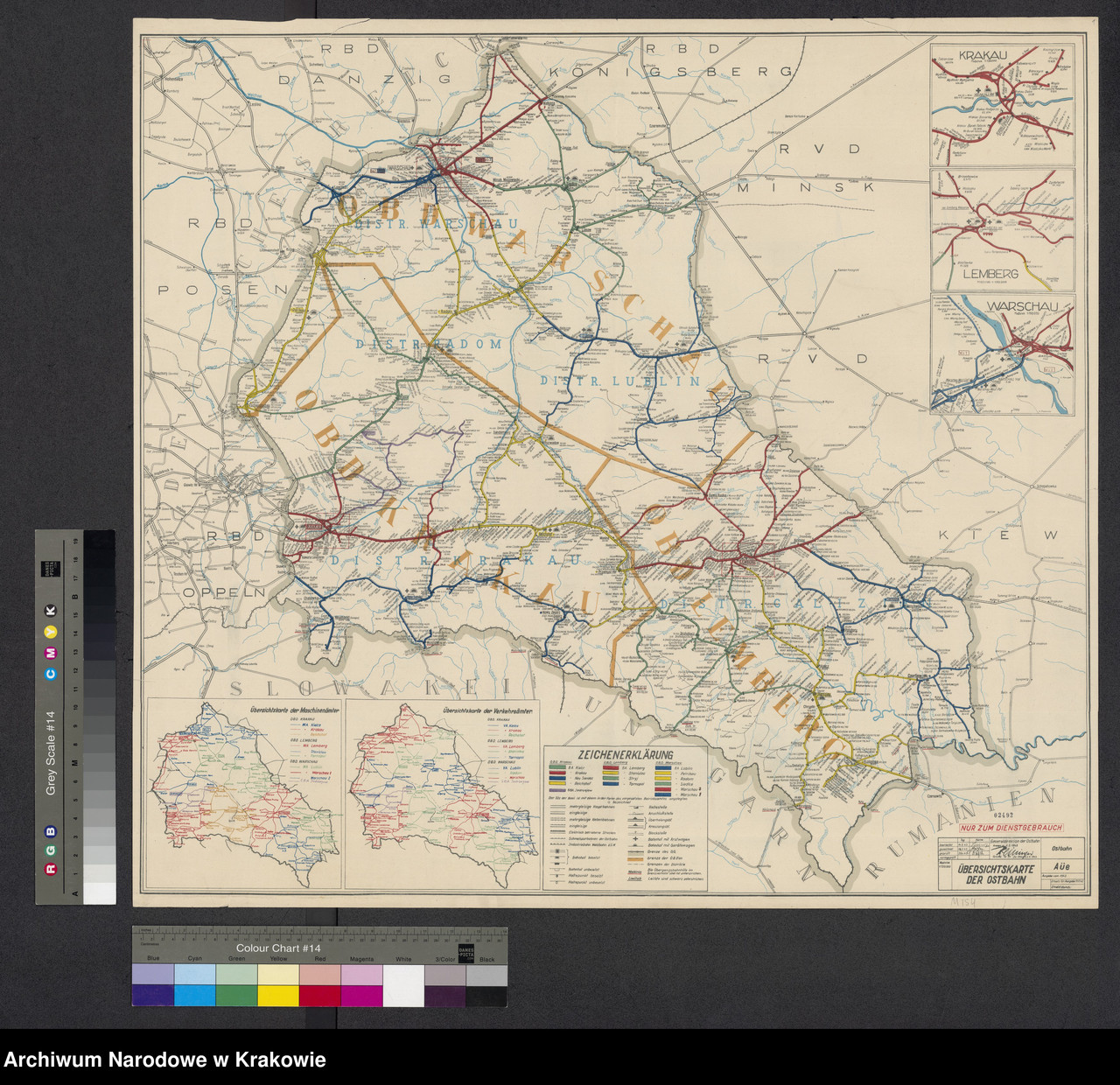Re: What Actually DID Happen at Treblinka?
Posted: Thu Nov 20, 2025 7:38 am
There is evidence of some selections for workers at TII and those workers were sent to labour camps in Poland.pilgrimofdark wrote: ↑Wed Nov 19, 2025 8:45 pm These are a few things that happened:
At Treblinka train station, Jankiel Wiernik observed a trainload of 5,000-12,000 living, half-dressed Jews heading north from the T-II area back towards Malkinia.
Like many witnesses, their testimony is a mix of hearsay and eyewitness evidence. They remain direct witnesses to what they saw.Wiernik and Abram Goldfarb observed chlorinated lime being used, but assumed it was for homicidal purposes. So those two were never close enough to the "chlorine chamber" buildings, but were passing around "hearsay atrocity rumors" they heard elsewhere. According to the Official Holocaust Rules™, they can no longer count as "direct" witnesses.
You are throwing about evidence without any structure or rational.Broni Teperman confirmed to the Soviet investigation that he used the chlorinated lime himself to whiten his clothing. He just went up to the barrels next to the building with the French Citroen motor and took some.
The below district railway map shows Treblinka and Sobibor near the jurisdictional limit of the Generaldirektion der Ostbahn. Treblinka and Belzec are near internal district borders.
Spoiler
Polish state archives Reference code: 29/663/0/7/1288
Link
(there are a ton more maps like this one)
It is a secondary report, that lacks evidence.In terms of Ostbahn/Wehrmacht transfer of service, Robotnik Polski w Wielkiej Brytanji had this to say about "Treblinka" in October 1944:
The "outskirts of Treblinka" does not refer to the T-II camp, since it had been closed long before the date of this newspaper report. It may refer to the Treblinka train station/settlement area.[in the context of transporting Jews from Czechoslovakia]
Because the train, which had just sped along the track towards Małkinia, when it reached the outskirts of Treblinka, would change its service: Polish railway workers would be replaced by the army, and the wagons would be emptied of people arriving from a distant world. They will journey to buildings called bathhouses, from which they will never return. Here their journey will end.
- "The Big City of Treblinka." Robotnik Polski w Wielkiej Brytanji. October 1, 1944. ("WIELKIE MIASTO TREBLINKA")
Link
The AR camp, TII, was on the spur line to the labour camp, TI.This 1944 Deutsche Heereskarte map points to a separate "<--Treblinka" area on the outskirts of the Treblinka town. It is quite a bit north of the T-II area and T-I quarry/camp.
You cherry pick the report of not finding mass graves, as in multiple buried corpses, and ignore the report where it describes a huge area of buried cremated remains in the same area of the camp that 10 witnesses had located the main graves, on plans they had drawn, or had been drawn to their specification.The 1945 Polish investigative report Obóz zagłady Treblinka concluded "During the investigation, no mass graves were found during field work, which, in connection with the testimonies of witnesses, leads to the assumption that almost all the bodies of the victims were burned." Two of the thirteen witnesses (full disclosure: some people define 15% as "all") apparently contradicted this and indicated there were mass graves on a map made by a Polish surveyor who could not accurately identify cardinal compass directions and revised his original map a year later to remove references to burial places but still misidentified the compass orientation of the camp (or did he?). Five of the witnesses were also interrogated by the Red Army in 1944, where they repeated more atrocity rumors and participated in a Year in Treblinka book club.
Anyway, all of this would need to be substantiated more.
You ignore that you cannot name a single witness who you believe.

